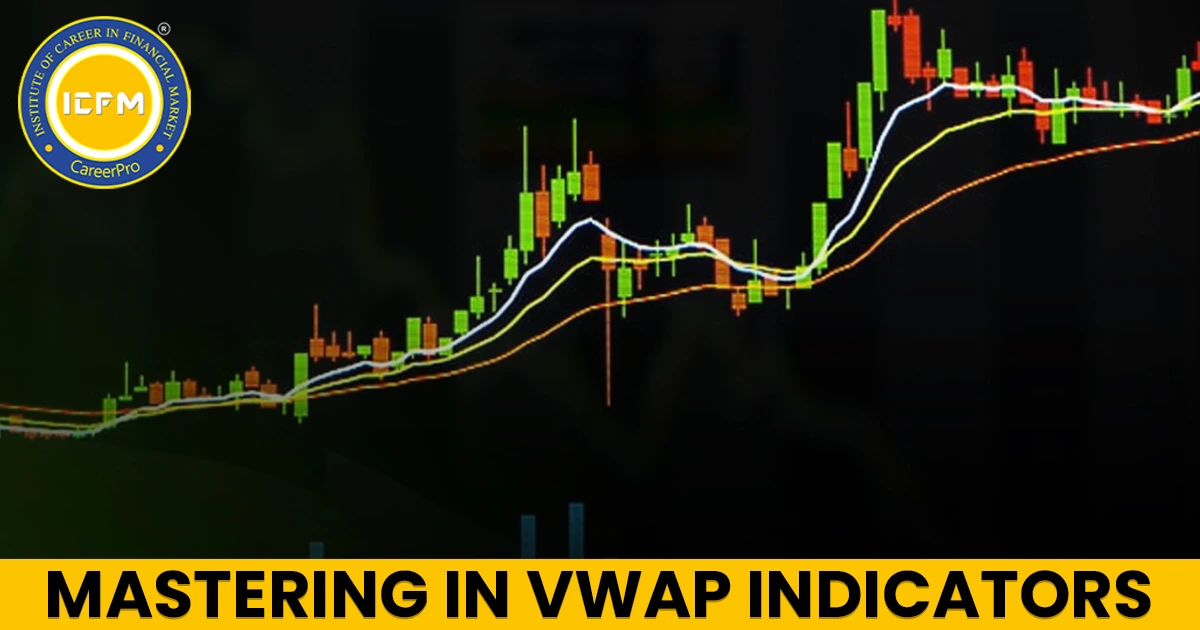How to Trade Sideways Markets with Technical Analysis
Sideways or range-bound markets exist when the price of an
asset fluctuates within a given range, neither distinctly trending upwards nor
downwards. It can be challenging to trade in these markets, but using
appropriate technical analysis tools, you can still discover profitable
opportunities. This is how to trade sideways markets:
1. Identify Support and Resistance Levels
In a range-bound market, price tends to bounce between two
key levels: support and resistance.
• Support
is where the price tends to stop falling and starts to rise.
• Resistance
is where the price struggles to rise above and often falls back.
Draw horizontal trend lines to mark these levels. Once
identified, these levels act as a guide for where price might reverse, helping
you plan entry and exit points effectively.
2. Utilize Oscillators to Identify Overbought and Oversold
Levels
Oscillators such as the Relative Strength Index (RSI) and
Stochastic Oscillator are well-suited for sideways markets. Oscillators
identify overbought (overpriced) or oversold (under-priced) levels, which tend
to result in reversals.
• RSI:
Above 70 is overbought, and below 30 is oversold.
• Stochastic:
Above 80 means overbought, and below 20 means oversold.
These signs permit you to input transactions close to the
high or low points of the range, which raises the chance of a reversal.
3. Identify Reversal Patterns
Reversal patterns such as double tops and double bottoms
will be prevalent in range-bound markets. These patterns occur when price
touches resistance (double top) or support (double bottom), and this signifies
a probable change in trend.
A confirmed pattern with good volume makes the signal more
reliable and assists you in entering at the right points.
4. Establish Tight Stop-Loss and Take-Profit Points
During a sideways market, price can become volatile within
the range. Apply tight stop-loss orders just beyond support or resistance to
reduce risk. Also, place your take-profit points near the opposite end of the
range so that you close with profits before the price turns.
Speculating in range-bound markets takes time and accurate
technical analysis. By finding support and resistance, employing oscillators
for timing, and utilizing tight risk management, you can trade range-bound
situations profitably. Remain disciplined, and wait for the breakouts to modify
your approach when the market changes.









